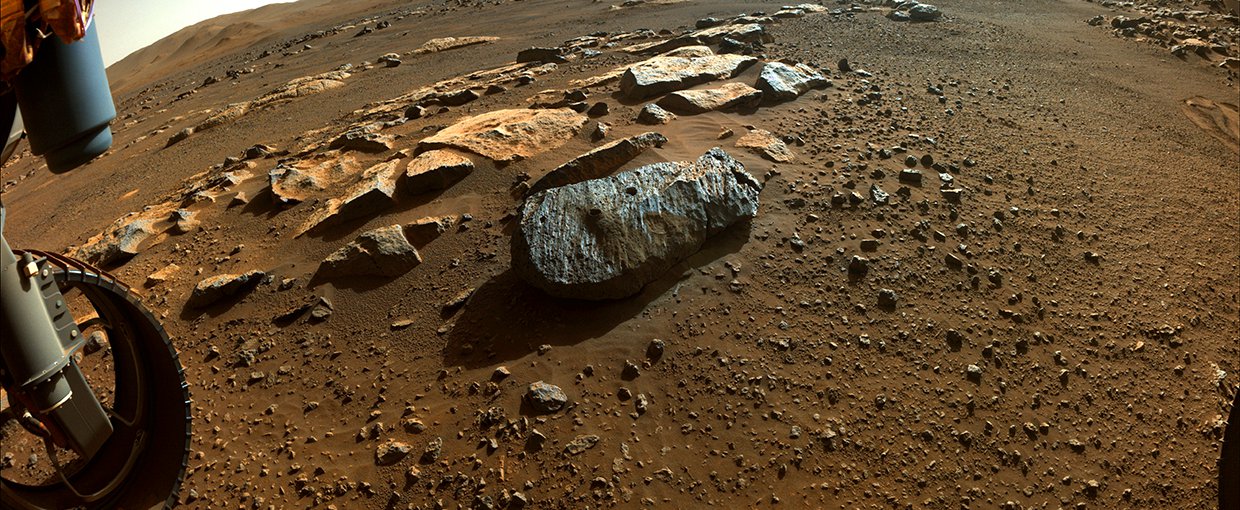
NASA’s Mars 2020 Perseverance rover has been on the martian surface for more than 15 months, and is now journeying into a region of Jezero Crater that is of exceptional interest to astrobiologists. The rover is approaching an area where water once flowed, and is thought to have been habitable for life in Mars’ ancient past.
At the 2022 Astrobiology Science Conference (AbSciCon) in May, the Mars 2020 deputy program scientist, Katie Stack Morgan (NASAJPL), discussed the upcoming activities of Perseverance, as well as some of the surprises that the rover has uncovered thus far.
The Many Worlds blog recently covered news of Perseverance from AbSciCon 2022. The post discusses a number of presentations at the conference that were relevant to the search for signs of ancient life on Mars. Click here to read the article.
Explore Mars’ Jezero Crater with NASA’s Perseverance Rover
Watch a tour of of Jezero Crater made from images from the mission’s first year on Mars. Credit: NASAJPL
The Many Worlds Blog chronicles the search for evidence of life beyond Earth written by author/journalist Marc Kaufman. The “Many Worlds” column is supported by the Lunar Planetary Institute/USRA and informed by NASA’s NExSS initiative, a research coordination network supported by the NASA Astrobiology Program. Any opinions expressed are the author’s alone.
